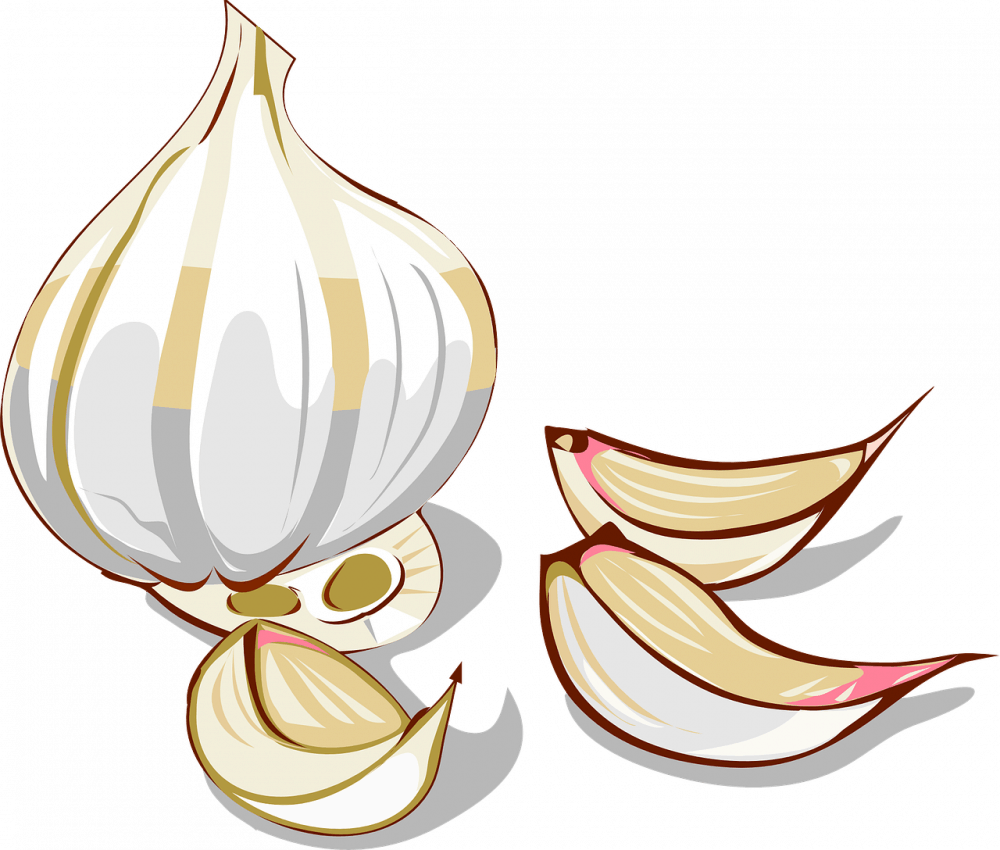
Saskatoon food festivals are sometimes dismissed as just another summer event. Despite what some people might believe, these festivals showcase diversity and build bridges for us to experience other people’s cultures.
Food is a deliciously apt uniting factor all over the world, and we see this in the food festivals that occur in the islands of the Philippines.
During food festivals, the sounds of the drums usually signal that the parade is near. As it passes your house, you might see the bright colours from the dancers who are holding garlic. Next, you see the horse carriages are adorned with garlic as well.
This scene is the familiar look of the food parades in the Philippines, and in particular, the famous garlic festival.
This herb that you add to your meals is an important crop of the Ilocos region, a northern section in the Philippines where the proud Ilocanos live. Apart from its diverse traditions from province to province, the Ilocos region also has a multitude of well-defined food cultures that set it apart.
The most important of these foods is garlic, dubbed as the “white gold” of Ilocos. Most of the province’s food, and perhaps the rest of the world’s too, has garlic in it. Sinait, Ilocos Sur, is the garlic capital of the north. Its annual festival of bawang, which is Ilocano for garlic, happens from the first of May to the third.
The purpose of the festival is to support Ilocano farmers in mass producing garlic with modern technology, showcasing how important this herb is to the Filipinos. However, the Sinait bawang festival isn’t the only popular one in the Ilocos region.
In Ilocos Norte, the town of Pinili — which means to choose — also celebrates the well-renowned herb. The town contributes to the 1,880 hectares of garlic farm in all of Ilocos Norte, accounting for almost 4,500 tons of garlic produced in the north. With this much garlic production happening, it’s no surprise that Pinili is the ‘chosen’ town for the festival.
The garlic fest brings many people from various countries across the world. During the colourful parades, the locals use bulbs of garlic to adorn themselves and their kalesas, or horse carriages, as they dance in the street.
There are also parade floats, usually with a person sitting at the top who is a contestant for one of the town’s many contests. And of course, there’s the peryahan, which is similar to The Saskatoon Exhibition but the prizes are not always stuffed toys — kids can win money or food, too.
The heritage centre of Ilocos, which is Vigan, Ilocos Sur, also holds a food festival. It is to honour yet another central food in the Philippines — longanisa. So imagine the previous scene described, but it’s with fake, small-sized sausages used as a decoration. Yes, it’s quite a sight to behold.
These festivals are just from one region in the Philippines, and the country is made of more than 7,600 islands, so you can imagine just how many festivals there are. What makes these festivals special is how deeply important food is in the culture.
Of course, this isn’t only true for the Philippines. One way or another, food brings people together. It has its own way of bringing prosperity among friends and strangers. We see this in Canada today with the Saskatoon Folkfest Festival and the Regina Mosaic Festival.
These festivals aim to educate and create mutual understanding of the diverse ethnic groups of Saskatoon and Regina. There are performances, vendors and food. Perhaps this is why food is important to any culture in the world.
When we find ourselves in the house of a friend who doesn’t speak the same language as you, food is always there to help. It garners an understanding and fosters a great relationship between you and the rest of the world.
—
J.C. Balicanta Narag/ Copy Editor